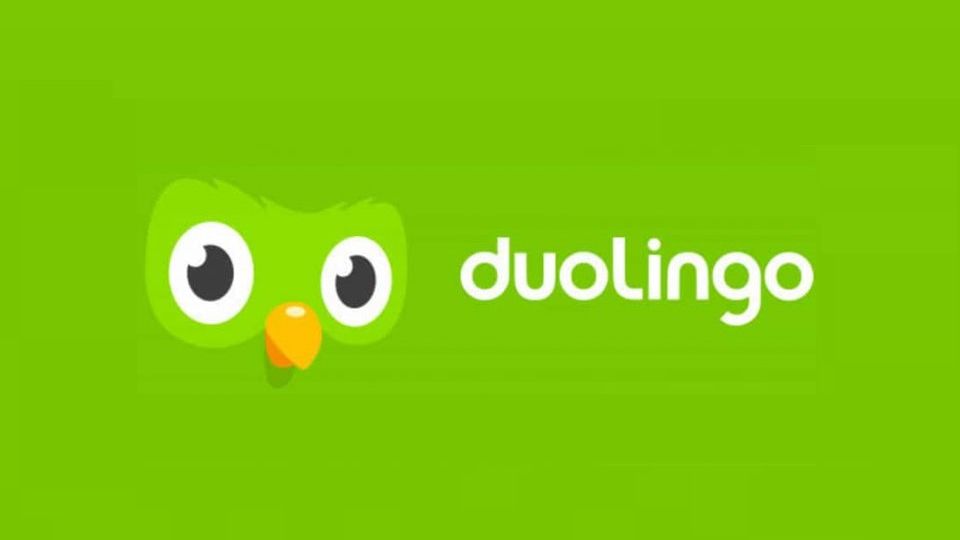
Duolingo Leagues have emerged as a blockbuster hit, enabling the most exciting features in the application since they add a motivational and competitive approach to the language learning journey of the users, which strives harder to complete the routine lessons and practice.
Before going further, let’s know about this league. Many questions arise in the user’s mind when they try to operate it. For instance, how many levels are there? What makes the league different from other users? And how much does it matter to the users? Let’s take a look and learn from the basics.
Duolingo Leagues
A Duolingo league is mainly a weekly leaderboard comprising 30 random users from all platforms, including IOS, Android, and Desktop.
The leagues are classified on XP — the user with the highest XP at the end of the week will be at the top of the leaderboard, win a group of gems (or lingots), and get endorsed to the next league up.
Users that complete second or third will also get the user gems (albeit a smaller amount) and get promoted to the next level.
The advertising zone covers the top 10 finishers, so though 4th through to 10th won’t get any gems, they will receive the promotion to the next league.
11th through to 25th will be the same user in their current league for a consecutive week.
Anybody who accomplishes 26th or lower — then it is, so the user thing called the demotion zone — will be consigned to the earlier league.
The two that happen to the users straight away are the number of users who are, in fact, bots and are frequently removed by Duolingo application from the advanced leagues, and the sum of users who halt the usage of the league’s active accounts are closed or otherwise canceled from Duolingo.
If this balances the variations, we have no way of information. All we can do is make assumptions. If the users hadn’t thought, it would be the main task to change the numbers promoted from the respective league if that became the user essential.
The user would be amazed if Duolingo hadn’t understood that by promoting ten and only demoting 5, sooner or then, the leagues would be the most foot falling and busy and would have taken this into their account.
While the users might consider that Duolingo is stupid, on occasions, it looks doubtful that they would have failed to spot that indorsing ten and only reducing five was going to keep it unstable – unless the other elements component to the user into play at a substantial level or perhaps they might have other plans that are yet to be publicized.
There are several levels in the Duolingo application, which have been mentioned below.
- Bronze
- Silver
- Gold
- Sapphire
- Ruby
- Emerald
- Pearl
- Obsidian
- Diamond
What Is The Highest League In Duolingo?
The top league (or highest league) in Duolingo is the Diamond League. It is very challenging to reach but even more tough to win! The users go over how to get the Diamond League later on in this post.
Duolingo League End Time
You must be baffled by the question, When do Duolingo Leagues end? Duolingo Leagues usually end in the middle of the night (midnight) Monday UTC. Every week when the league ends, you then begin a new league with different users.
All leagues have a group at the top that gets promoted to the next league, common in the middle that was in the same user league, and a few at the end that gets reduced back to the league before.
Several people who are endorsed or demoted change dependent on which league you’re in.
The past leagues promote other people (15-20), and the advanced leagues promote fewer people, making it harder to advance (usually only ten users).
To reach the next level of the league, the user will be required to be in the top users according to that league. Once you reach the last two leagues, therefore, it will be tough to advance.
After reading the guidelines regarding how to stop or pause your league to ensure that the user doesn’t get devalued or moved down, along with the section about how to beat the Diamond League.
The leagues in Duolingo have delivered the user so the user entertains the user, so the user gets frustrated easily during the earlier few months. The user is curious about the actual fraction of active users of Duolingo in all the leagues. Inappropriately, the user wasn’t able to find much info online.
As the next finest option, the users decided to model the numerous leagues’ fractions. That is fairly simple. Meanwhile, the rules for moving between leagues are relatively transparent (top 10 out of 50 moved up, bottom 5 moved down).
Supposing that all start from the bottom league (Bronze) and forgetting about inactive contestants and those who usually either join or leave, we can analyze the fraction of users in all-league weekly
Since the users are well versed with the knowledge that all the participants steadily move from the bottom towards the top league, undeniably, after three years, certainly half of all Duolingo users would be done with the Diamond League, although their efforts are there.
One-fourth will be in the second top league, so the user surely insignificant to the user (and beginners) in the lower leagues.
Though we leave the debatably counterproductive consequence of leagues on language learning aside, we notice the user straight that a ranking system that places half of all users in the top situation is vague.

